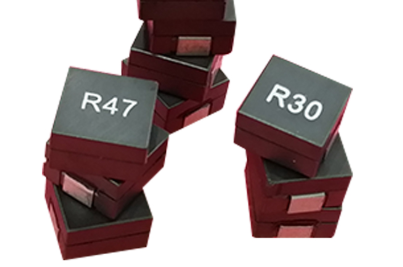Warning: Undefined variable $articleindexname in D:\wwwroot\www.resistorsupplies.com\moban\en_inc\article.php on line 46
> Understanding Inductance: Principles and Applications
Understanding Inductance: Principles and Applications
Understanding inductance involves grasping a fundamental concept in electromagnetism and its diverse applications in modern technology. Here's a breakdown of the principles and applications:
Principles of Inductance:
Definition:
Inductance is the property of an electrical conductor to oppose changes in the electric current flowing through it.
This opposition arises from the generation of a magnetic field when current flows through the conductor.
Magnetic Fields:
When an electric current passes through a wire, it creates a magnetic field around it.
In an inductor, which is often a coil of wire, this magnetic field becomes concentrated.
Changes in the current cause changes in the magnetic field, which in turn induce a voltage (electromotive force or EMF) that opposes the original change in current.
Measurement:
Inductance is measured in henries (H).
Factors Affecting Inductance:
The number of turns of wire in the coil.
The shape and size of the coil.
The type of core material (if any) within the coil.
Applications of Inductance:

Inductors play crucial roles in various electronic circuits and devices:
Transformers:
Inductance is the core principle behind transformers, which are used to step up or step down voltages in power transmission and electronic devices.
Filters:
Inductors, in combination with capacitors, are used to create filters that block or pass specific frequencies in electronic signals. This is essential in audio equipment, radio receivers, and other communication systems.
Energy Storage:
Inductors can store energy in their magnetic fields. This property is used in power supplies and other applications where temporary energy storage is required.
Sensors:
Inductive sensors use changes in inductance to detect the presence or position of objects. These sensors are used in various applications, including industrial automation and automotive systems.
Motors and Generators:
Inductance is fundamental to the operation of electric motors and generators, which convert electrical energy into mechanical energy and vice versa.
Tuning Circuits:
Inductors are used in tuning circuits, like those found in radios, to select specific frequencies.
Chokes:
Inductors can be used to "choke" or block high-frequency AC signals while allowing DC signals to pass. This is useful in power supplies and other applications where it's necessary to filter out unwanted AC noise.
Wireless Charging:
Inductance is the principle behind wireless charging technology, where energy is transferred between coils via a magnetic field.
In essence, inductance is a fundamental property of electrical circuits that enables a wide range of essential technologies.
Email us
Warning: Undefined variable $pronamepx in D:\wwwroot\www.resistorsupplies.com\moban\en_inc\article.php on line 57
Fatal error: Uncaught TypeError: count(): Argument #1 ($value) must be of type Countable|array, null given in D:\wwwroot\www.resistorsupplies.com\moban\en_inc\article.php:57 Stack trace: #0 D:\wwwroot\www.resistorsupplies.com\article.php(162): include() #1 {main} thrown in D:\wwwroot\www.resistorsupplies.com\moban\en_inc\article.php on line 57
